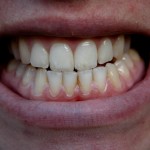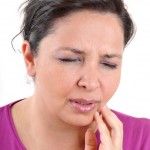
This review considered the association between toothbrushing and gingival recession and non-carious cervical lesions (NCCLs). 19 studies were included a majority (13) were cross-sectional and they provide limited data to support or refute the associations.
[read the full story...]




